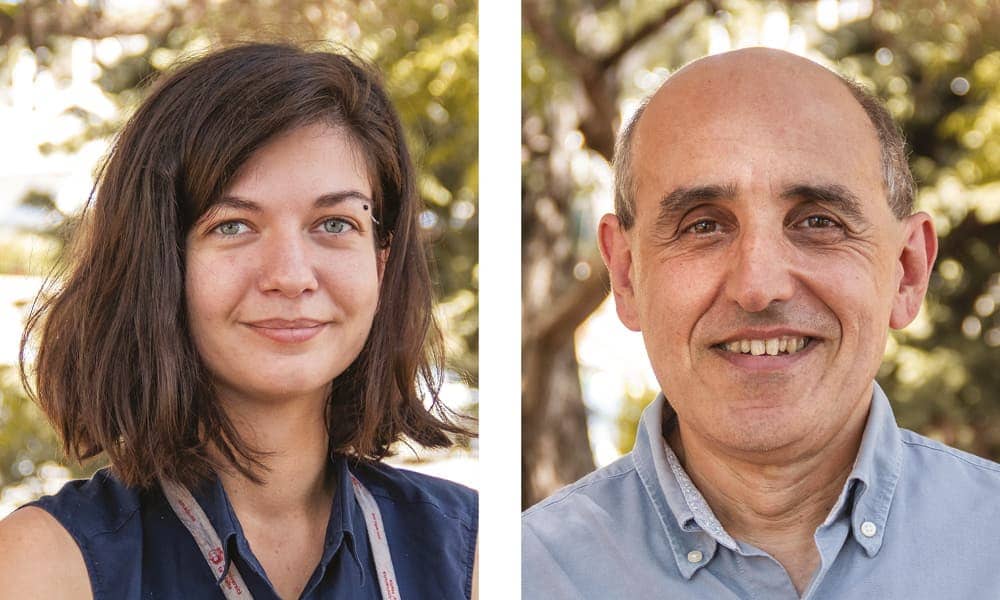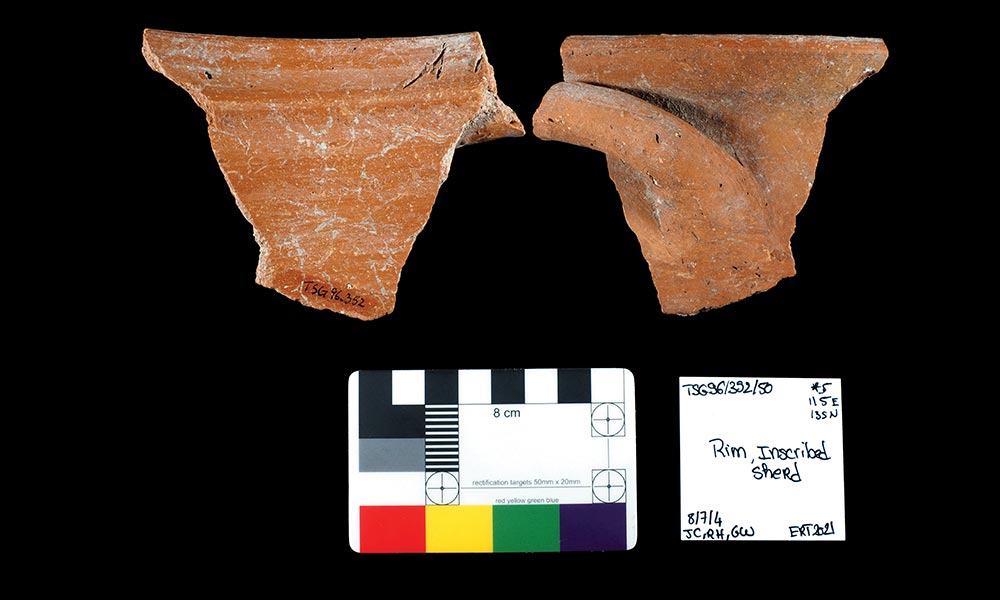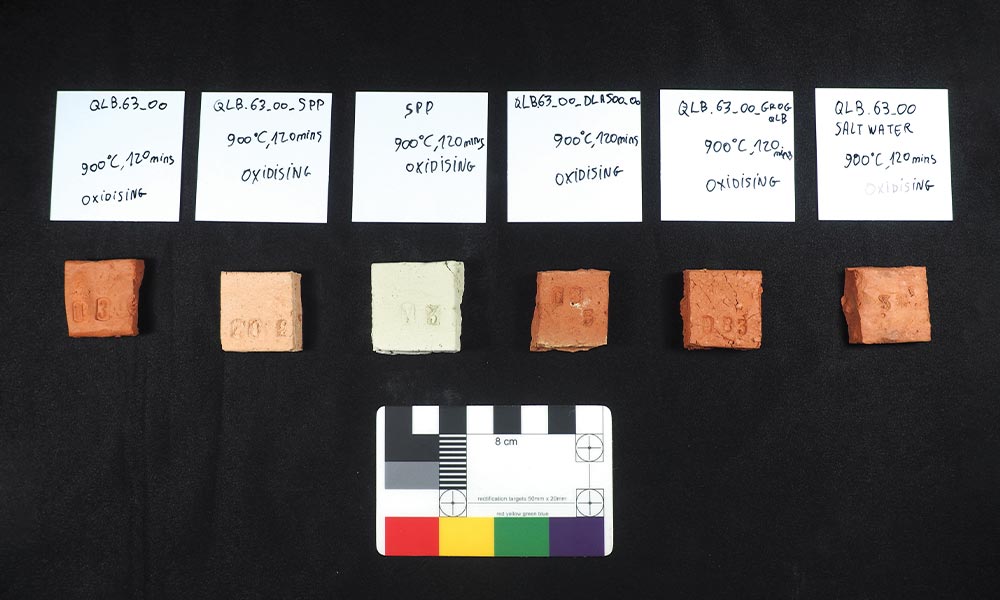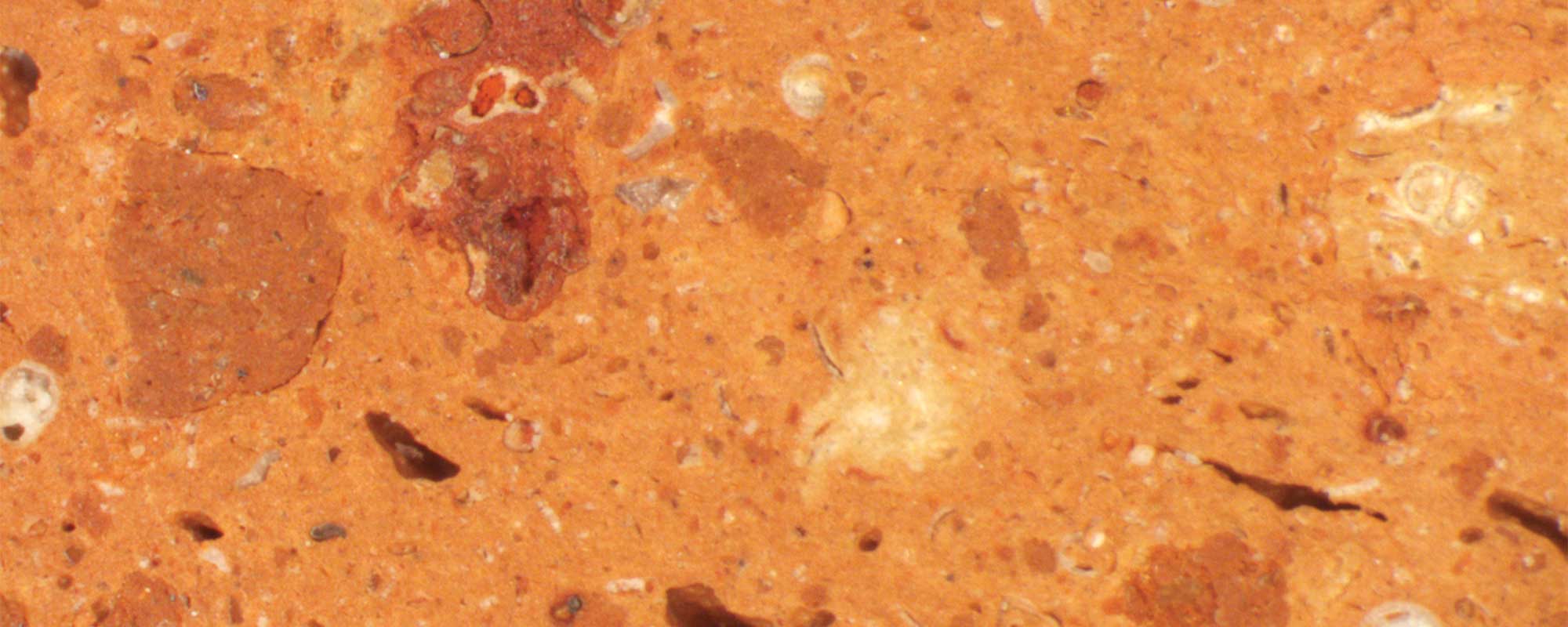A university-led project is fabricating Ancient Roman pottery using local raw materials to understand more about Malta’s past
Pottery, as a human-made material, dates back to almost 30,000 BP (Before Present) and has been an essential tool in humanity’s journey ever since. It is therefore not surprising that the characteristics of pottery findings in archaeology are a crucial facet in determining the culture and way of life of past people. This concept is at the heart of CoFIPoMS: a two-year research project hosted by the Department of Classics and Archaeology at the University of Malta.
THINK met with Emma Richard-Trémeau, the primary researcher on this venture, to discuss the significance and scope of the work. ‘The project is about pottery. Specifically pottery made in Malta during the Punic-Roman period; so we’re talking 3rd to 1st century BC.’ It being an important time period in the history of the Maltese islands, the team behind the project – supervised by Head of Department Dr Ing. John Charles Betts –realised it would make a good case study, and in archaeology, pottery is more often than not the only surviving element that can offer a glimpse into the history behind the site itself. ‘It’s what we find the most,’ explains Richard-Trémeau. ‘Pots were used for cooking, for eating, and for storing food and other goods. They are with us in everyday life.’

Seize the Clay
The CoFIPoMS project or – to give it its full name – Compiling the Fabric Identity for Pottery from Maltese Sites, aims to better understand the production of local pottery that took place over 2,000 years ago. To do this, the team is collecting and analysing raw materials from across the Maltese islands that could have been used in the fabrication process of pottery samples discovered in archaeological sites such as the Żejtun villa and the sanctuary at Tas-Silġ. In addition, the undertaking of such a project requires the use of a number of techniques to provide data and a clearer image of the past. The artefacts themselves are studied in a lab, scrutinised under microscopes, and subjected to x-ray fluorescence, which allows researchers to understand their composition and characteristics. This also includes seeking out potential raw materials in and around Malta that might have provided people at that time with the necessary ingredients to create this kind of pottery. ‘We are investigating the processes of making pottery in the past from scratch; so getting the clay from the landscape, to actually firing and distributing the pots.’
This is why this study includes experimental archaeology, a field of study which attempts to approximate or reproduce aspects of ancient crafts. As Richard-Trémeau explains, ‘experimental archaeology means trying to recreate the materials we’ve seen. So for example, we are going to work with the raw material we think was used in the past. This is essential because some of our theories are based on what we observe in the pottery, but we cannot observe the people making the pots directly. So we need to try to understand the stages with different methods.’ The process begins with making small bricks of clay and firing them at different temperatures to test whether or not they explode. This also permits the researchers to understand the limitations of the materials used. These bricks of clay are then studied with the same methods as the pottery shards.
There is room for further experimentation with different raw materials that might yield more accurate data relevant to this research. Experimental archaeology thus enables its users to test their hypotheses on past periods in the real world.

Archaeology, Chemistry, and Engineering
One of the more intriguing aspects of the CoFIPoMS project is the promotion of interdisciplinary research, amongst which is data analysis, chemistry, engineering, and archaeology. As a Research Support Officer on CoFIPoMS, Richard-Trémeau has received training on aspects of all these disciplines during the project. ‘The idea is I work with a few specialists, and I also do a lot of the analysis myself and get trained by them, and then I try to make sense of the data produced.’ The nature of such an interdisciplinary project means that some stages of the research are more demanding than others. ‘It’s been a bit challenging. For example, at the moment, I’m trying to compare the chemical and geological data.’ However, the main aim is to bring all relevant fields together to make sense in archaeological terms. ‘So, the most important thing isn’t what the clay is made from,’ continues Richard-Trémeau, ‘but the facts we acquire on what a potter does.’
Results from the findings and laboratory tests have already started offering tantalising clues into this particular period in Maltese history. Indeed, it seems that most of the pottery studied could be produced locally, although we are still assessing to what extent this is true. This is a significant find in itself, considering the site’s location in Marsaxlokk, where one would expect a higher rate of imported goods being brought from other countries to the fishing village. ‘Some people in Malta were actually making and, most likely, selling their pottery. We have also seen distinct uses of material for different types of pots. So people did not seem to use the same clay or treat it the same way when they were making cooking pots or plates. And that’s why it is important, because it means that the people working the material knew what they were doing.’ The implications are significantly much more widespread, as these findings could form the basis that will allow further studies into the entire facet of Roman pottery in Malta.

While project timelines are in place, untangling the mysteries left by the passage of time is a demanding task, and given the scope of the research, it is not always possible for deadlines to be adhered to. ‘We won’t finish everything we have planned,’ states Richard-Trémeau. ‘So, I hope this will be carried on by someone else.’ Needless to say, the amount of work and data generated since the project’s commencement in 2020 is staggering. ‘Most of the analysis of the pottery that was chosen is complete, and now we’re looking at the results.’
This being the main stage of the analysis, the enticing nature of research means that the project will expand into other investigative branches to further illuminate our gaze into the past. ‘In research, you sometimes start with two questions, and you’ve actually opened more questions than ones you’ve answered.’ As the work continues, the future looks bright with the prospects of the past.





Comments are closed for this article!